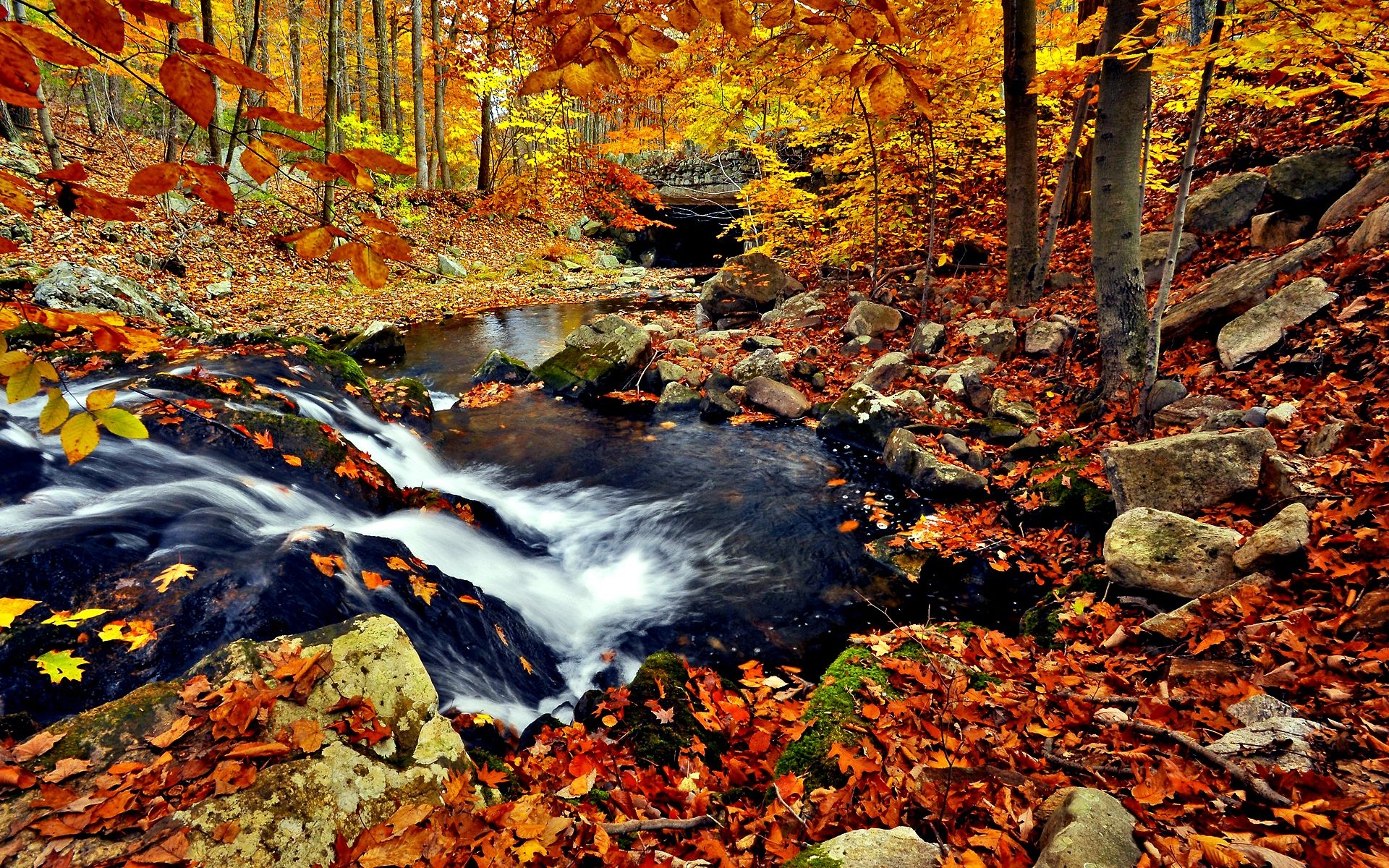

Intense, deep burning fires with significant downwind spotting can be expected. Because of the fall foliage peak, October is a busy. Similar colors from these species of trees continue to emerge down the mountains. You can also see golden yellow leaves on beech, black walnut, birch, hickory, and tulip tree species. KBDI = 600 - 800: Often associated with more severe drought with increased wildfire occurrence. Smoky Mountain fall colors in mid-October include bold reds on black gum, dogwood, sumac, and sourwood trees. Lower litter and duff layers actively contribute to fire intensity and will burn actively. KBDI = 400 - 600: Typical of late summer, early fall. Lower litter and duff layers are drying and beginning to contribute to fire intensity. KBDI = 200 - 400: Typical of late spring, early growing season. Typical of spring dormant season following winter precipitation. KBDI = 0 - 200: Soil moisture and large class fuel moistures are high and do not contribute much to fire intensity. The computational steps involve reducing the drought index by the net rain amount and increasing the drought index by a drought factor. Reduction in drought occurs only when rainfall exceeds 0.20 inch (called net rainfall). The splendidly rich forests of the Great Smokies put on a world-class. The inputs for KBDI are weather station latitude, mean annual precipitation, maximum dry bulb temperature, and the last 24 hours of rainfall. Among many reasons the Great Smoky Mountains are so beloved is the fall colors. Along the way, you will be treated to beautiful fall views. The ride will take you through the mountains, tunnels, and bridges of the Smokies. You can ride either the steam train excursions or the electric train. At any point along the scale, the index number indicates the amount of net rainfall that is required to reduce the index to zero, or saturation. The Great Smoky Mountain Railroad is an amazing way to experience the fall foliage in the Smokies.

Zero is the point of no moisture deficiency and 800 is the maximum drought that is possible. At 8 inches of water, the KBDI assumes saturation. It is a closed system ranging from 0 to 800 units and represents a moisture regime from 0 to 8 inches of water through the soil layer.
#Smoky mountains fall full#
The KBDI attempts to measure the amount of precipitation necessary to return the soil to full field capacity. It is a continuous index, relating to the flammability of organic material in the ground. It is a number representing the net effect of evapotranspiration and precipitation in producing cumulative moisture deficiency in deep duff and upper soil layers. The peak of the fall foliage season is usually in mid-October or early November when you can see the magnificent fall colors virtually everywhere you look in the Smokies! While driving through the national park is a good way to enjoy the colors, you can escape the traffic by taking a hike along one of the many scenic trails.Keetch and Byram (1968) designed a drought index specifically for fire potential assessment.

Of course, the highlight of the fall season in the Smoky Mountains is the breathtaking fall foliage that has to be seen to be believed! As the cooler temperatures arrive in late September and early October, the leaves begin to turn into their lovely shades of red, orange and yellow. Fall Fairs and FestivalsĪnother great reason to visit the Smoky Mountains in the fall is because of all the fun fall fairs and festivals! The largest event is the Smoky Mountain Harvest Festival, which features hundreds of scarecrows and other fall decorations throughout Gatlinburg! This exciting festival includes Oktoberfest at Ober Gatlinburg, where you can enjoy German-inspired food, sample special Oktoberfest beers and even dance along to traditional oompah music! The Smoky Mountain Harvest Festival also includes the Great Smoky Arts & Crafts Show, where you can purchase unique handcrafted gifts from members of the Great Smoky Arts & Crafts Community. This is the perfect time to explore the hiking trails of the Great Smoky Mountains National Park, breathe in the fresh mountain air and enjoy a variety of outdoor adventures without even breaking a sweat! 2. October has an average monthly high of 65 degrees, and by November it is downright cool with an average monthly high of just 55 degrees. The fall is a fantastic time to be outdoors among the Smokies as the weather conditions are delightful! The heat of the summer starts to drop off in late September, which has an average monthly high of 74 degrees.


 0 kommentar(er)
0 kommentar(er)
